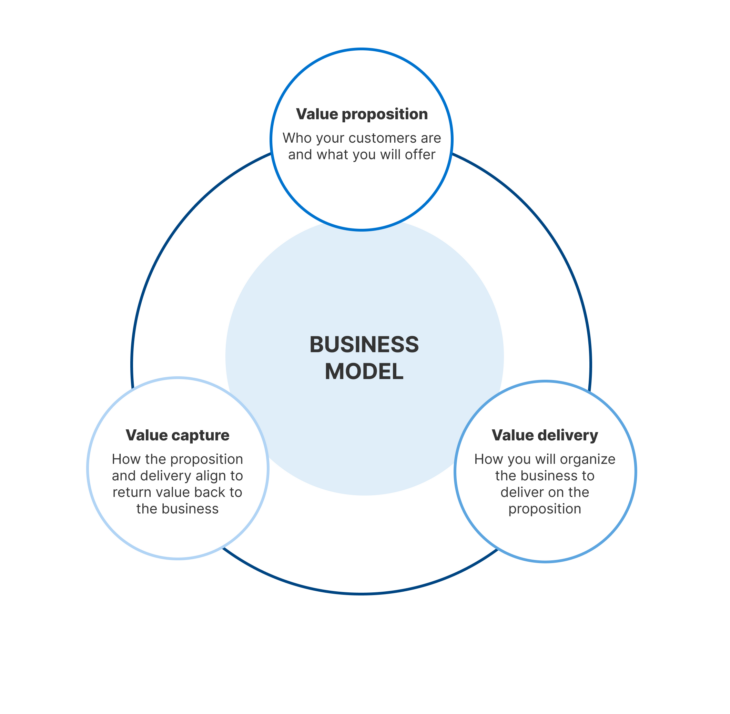Mergers and acquisitions (M&A) are a type of corporate restructuring that involves the combination of two or more companies. M&A can take many different forms, including mergers, acquisitions, joint ventures, and asset purchases.
Mergers involve the combination of two companies into a single entity. In a merger, both companies cease to exist as separate entities and are replaced by a new company. The new company will have the assets, liabilities, and employees of both the original companies.
Acquisitions involve one company buying another company. In an acquisition, the acquiring company takes over the assets, liabilities, and employees of the acquired company. The acquired company typically ceases to exist as a separate entity, but it may continue to operate as a subsidiary of the acquiring company.
Joint ventures are a type of partnership between two or more companies. In a joint venture, the partners agree to share the risks and rewards of a particular business venture. Joint ventures can be formed for a variety of purposes, such as developing new products, entering new markets, or reducing costs.
Asset purchases involve one company buying the assets of another company. In an asset purchase, the acquiring company does not acquire the liabilities of the acquired company. This can be a good option for companies that are looking to acquire specific assets, such as real estate or intellectual property.
M&A can be a complex and risky process, but it can also be a very rewarding one. When done correctly, M&A can help companies to grow, expand into new markets, and improve their competitive position.
Benefits of M&A
There are many potential benefits to M&A, including:
- Increased size and scale: M&A can help companies to increase their size and scale, which can give them a competitive advantage in the marketplace.
- Access to new markets: M&A can help companies to access new markets, which can lead to increased sales and revenue.
- New products and services: M&A can help companies to develop new products and services, which can attract new customers and increase market share.
- Cost savings: M&A can help companies to achieve cost savings through economies of scale, such as by reducing administrative costs or consolidating production facilities.
- Improved financial performance: M&A can help companies to improve their financial performance by increasing earnings per share, reducing debt, or increasing cash flow.
Risks of M&A
However, there are also some potential risks associated with M&A, including:
- Integration challenges: Merging two companies can be a complex and challenging process. It can be difficult to integrate the two companies’ cultures, operations, and systems.
- Overpaying for the target company: Companies that overpay for the target company can put themselves at risk of financial distress.
- Regulatory challenges: M&A deals can be subject to regulatory scrutiny, which can delay or even prevent the deal from being completed.
- Unfavorable market conditions: M&A deals can be more difficult to complete during periods of economic downturn.
Conclusion
M&A can be a powerful tool for corporate growth and expansion. However, it is important to carefully consider the potential benefits and risks before embarking on an M&A strategy.









You must be logged in to post a comment.